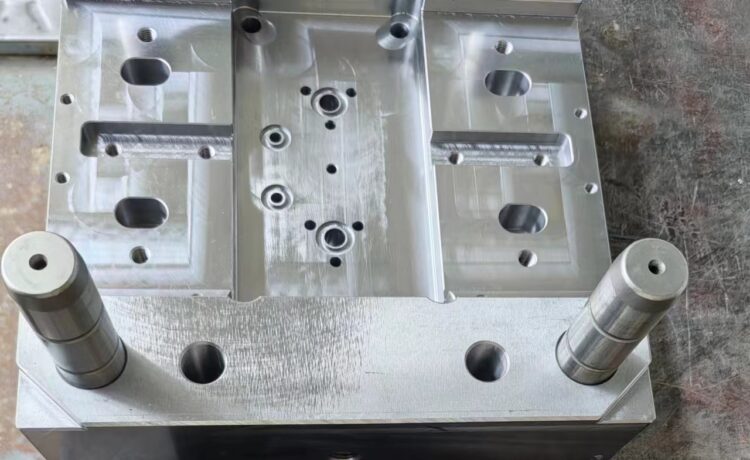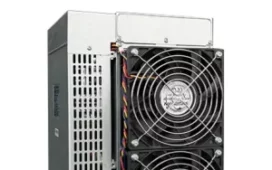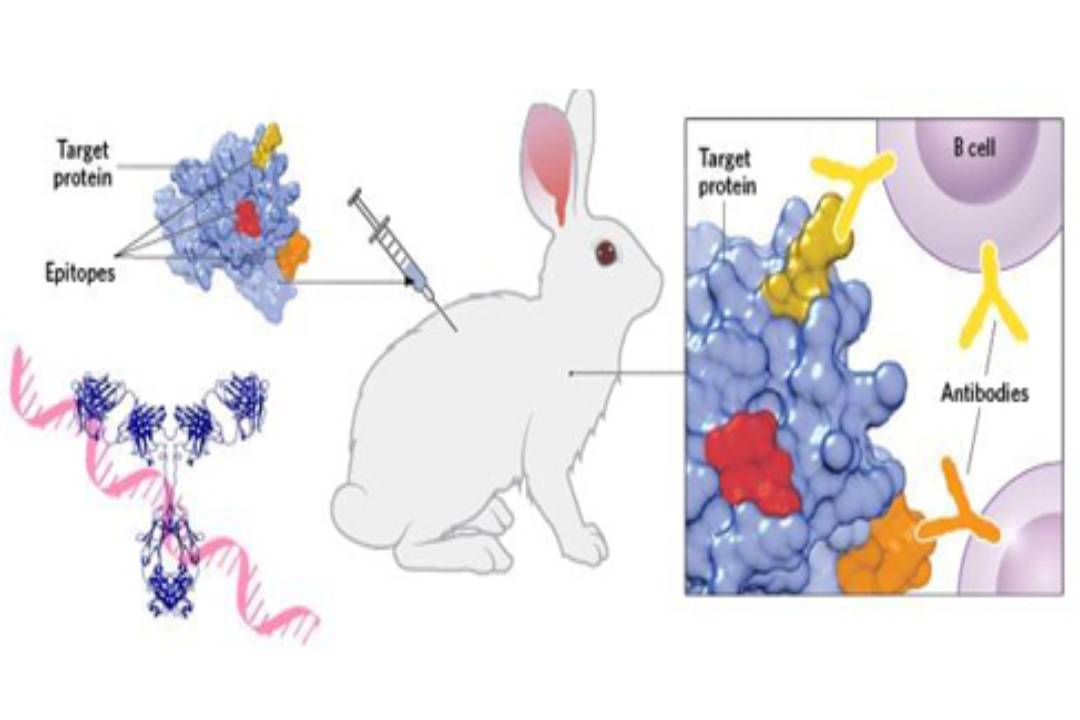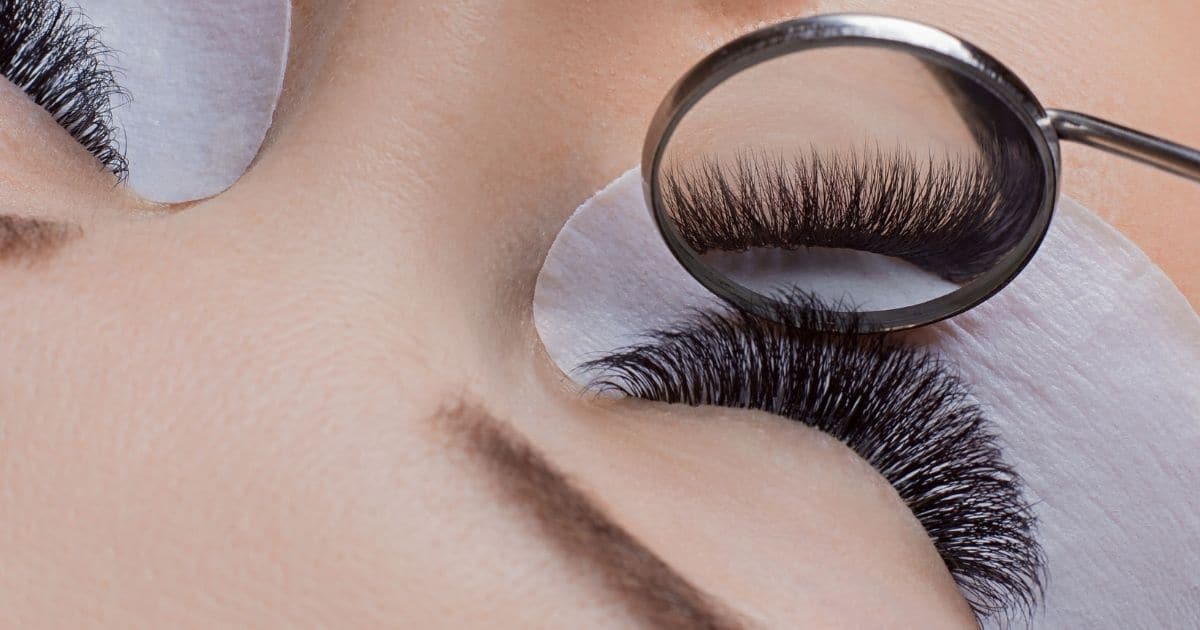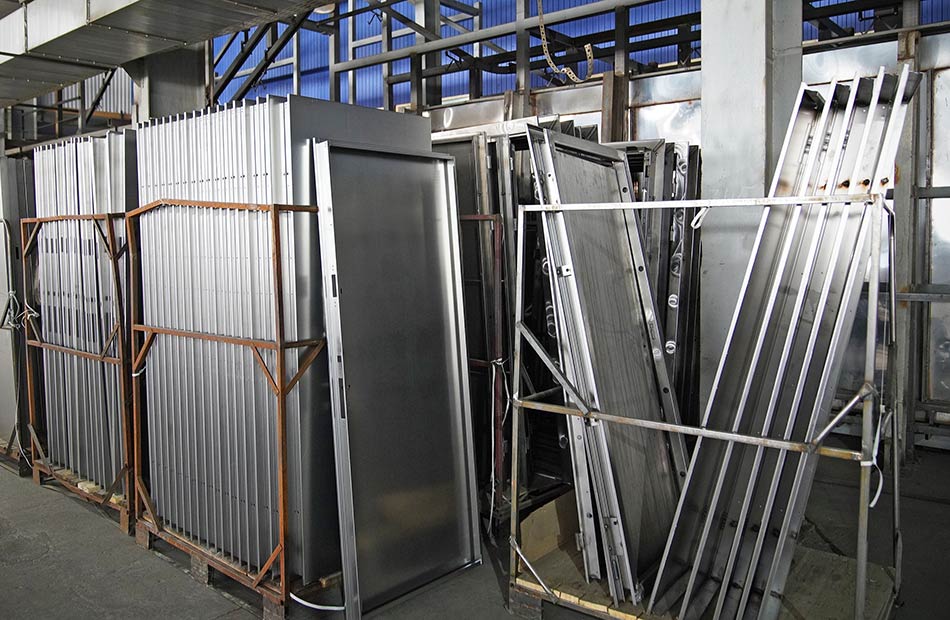Introduction
Liquid Silicone Rubber (LSR) injection molding has emerged as a game-changer in the field of manufacturing, offering unparalleled precision, versatility, and efficiency. This innovative technology has found applications in various industries, from automotive and medical to consumer goods and electronics. In this article, we will explore the fundamentals of LSR injection molding, its key advantages, applications, and the future trends shaping this transformative manufacturing process.
Understanding LSR Injection Molding
LSR injection molding is a specialized form of injection molding that utilizes liquid silicone rubber as the primary material. Unlike traditional solid silicone rubber, LSR is a two-part liquid compound consisting of a base and a curing agent. The combination of these two components results in a material with unique properties, including flexibility, durability, and high thermal resistance.
The LSR injection molding process involves the use of specialized injection molding machines equipped to handle the liquid nature of the material. The two liquid components are precisely mixed and injected into a mold cavity under high pressure. Once inside the mold, the LSR undergoes a curing process, transforming into a solid rubber part that retains the shape and details of the mold.

Advantages of LSR Injection Molding
- Precision and Detail
LSR injection molding excels in producing intricate and highly detailed parts with precision. The liquid nature of LSR allows it to flow easily into complex mold geometries, capturing fine details and achieving tight tolerances. This capability is particularly valuable in industries where product aesthetics and intricate designs are crucial.
- Versatility
The versatility of LSR injection molding is a standout feature, allowing for the production of a wide range of product designs and sizes. Whether it’s small, intricate components or larger, more complex parts, LSR injection molding is well-suited to meet diverse manufacturing needs. This flexibility makes it a preferred choice for industries requiring a broad spectrum of products.
- Material Properties
LSR exhibits exceptional material properties that make it suitable for various demanding applications. Its flexibility, biocompatibility, and resistance to heat and chemicals contribute to its popularity in industries such as medical, automotive, and electronics. The material’s ability to maintain its properties over a wide range of temperatures and environmental conditions enhances its performance in critical applications.
- Consistency and Reproducibility
The automated nature of the LSR injection molding process ensures a high level of consistency and reproducibility in each production cycle. This is particularly important for industries that demand uniformity in parts. The ability to consistently produce high-quality, precise components is a key factor in the widespread adoption of LSR injection molding across various sectors.
Applications of LSR Injection Molding
- Medical Devices
LSR injection molding has become integral to the production of medical devices due to its biocompatibility and ability to meet stringent regulatory requirements. Components such as seals, gaskets, and medical-grade tubing require precision and reliability, making LSR an ideal material for applications in the medical industry.
- Automotive Components
In the automotive industry, LSR injection molding finds applications in the production of various components, including seals, grommets, and connectors. The material’s ability to withstand extreme temperatures, resist automotive fluids, and maintain its properties over time makes it an essential choice for manufacturers in the automotive sector.
- Consumer Goods
LSR injection molding is prevalent in the manufacturing of consumer goods, ranging from kitchenware to baby products. The material’s soft-touch feel, color options, and durability contribute to its popularity in this sector. Manufacturers benefit from the versatility of LSR, allowing them to create a wide range of consumer products with different shapes and functionalities.
- Electronics
The electronics industry relies on LSR injection molding for the production of key components such as keypads and connectors. The material’s flexibility, precision, and resistance to environmental factors make it well-suited for applications in electronic devices. LSR’s electrical insulating properties further enhance its value in electronic manufacturing.
Future Trends in LSR Injection Molding
- Industry 4.0 Integration
The integration of LSR injection molding with Industry 4.0 technologies is a key trend shaping the future of manufacturing. Smart manufacturing processes, incorporating real-time monitoring, predictive maintenance, and data analytics, enhance efficiency and optimize production in LSR molding facilities. This integration allows manufacturers to achieve higher levels of automation and control in their operations.
- Advanced Materials Development
Ongoing research and development efforts in LSR injection molding are focused on creating new formulations and combinations of LSR materials. The goal is to meet evolving industry requirements by developing LSR blends with enhanced properties. This includes improvements in tear resistance, faster curing times, and an expanded range of color options, providing manufacturers with greater flexibility in product design.
- Green Initiatives
As sustainability gains prominence in manufacturing, there is a growing emphasis on eco-friendly practices in LSR injection molding. Future trends may include the development of bio-based or recycled LSR materials, contributing to more sustainable and environmentally friendly production processes. Manufacturers are increasingly exploring ways to reduce their environmental footprint while maintaining the high-performance characteristics of LSR.
- Customization and Personalization
Advancements in digital technologies are driving a trend toward customization and personalization in manufacturing. LSR injection molding can leverage these technologies to produce highly customized and unique products, catering to individualized consumer preferences. From personalized medical devices to consumer electronics with unique designs, customization is becoming a key driver in the adoption of LSR injection molding.
- Miniaturization and Micro-Molding
The demand for smaller and more intricate components in various industries, such as electronics and medical devices, is driving the trend towards miniaturization and micro-molding in LSR injection molding. This involves producing extremely small parts with high precision, opening up new possibilities for innovative applications. As technology advances, the ability to manufacture intricate micro-components will continue to expand, leading to breakthroughs in diverse industries.
Conclusion
LSR molding stands at the forefront of modern manufacturing, offering a combination of precision, versatility, and exceptional material properties. Its applications in critical industries such as medical, automotive, consumer goods, and electronics highlight the transformative impact of this advanced molding technology.
Looking ahead, the integration of Industry 4.0 technologies, ongoing advancements in material development, a focus on sustainability, and the trend towards customization and miniaturization are set to shape the future of LSR injection molding. With a continued emphasis on research and innovation, LSR injection molding is poised to play a pivotal role in the next wave of advancements in the manufacturing sector.
